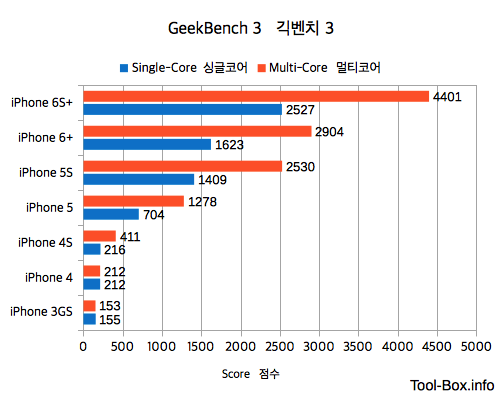Today's "The Toon-Box"
Posted by Wesley on

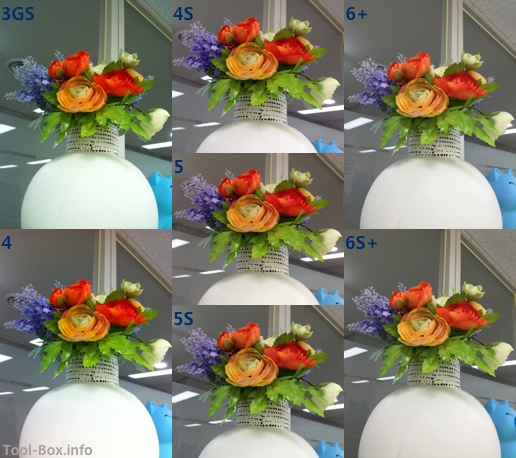
| Original Photo | ISO | Shutter Speed |
|---|---|---|
| iPhone 6S+ | 25 | 1/30 |
| iPhone 6+ | 40 | 1/40 |
| iPhone 5S | 40 | 1/40 |
| iPhone 5 | 50 | 1/40 |
| iPhone 4S | 50 | 1/40 |
| iPhone 4 | 80 | 1/24 |
| iPhone 3GS | 64 | 1/20 |
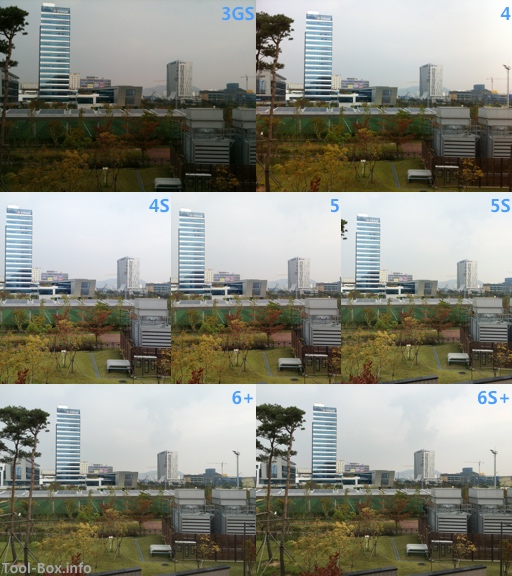
| Original Photo | ISO | Shutter Speed |
|---|---|---|
| iPhone 6S+ | 25 | 1/381 |
| iPhone 6+ | 32 | 1/449 |
| iPhone 5S | 32 | 1/540 |
| iPhone 5 | 50 | 1/376 |
| iPhone 4S | 50 | 1/365 |
| iPhone 4 | 80 | 1/355 |
| iPhone 3GS | 64 | 1/449 |

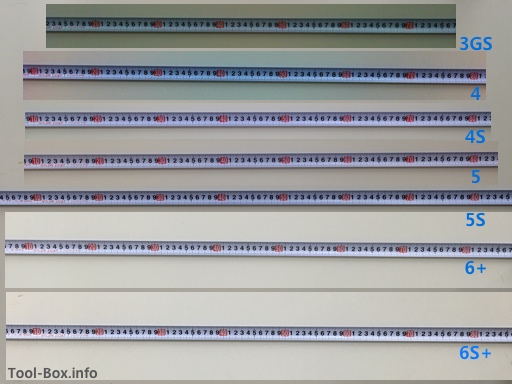
| Device (Orig. Photo) |
Focal Length (Actual mm) |
35mm Equiv. (Reported) |
35mm Equiv. (Measured) |
|---|---|---|---|
| iPhone 6S+ | 4.15 | 29 | 30.2 |
| iPhone 6+ | 4.15 | 29 | 30.1 |
| iPhone 5S | 4.15 | 29 | 30.0 |
| iPhone 5 | 4.12 | 33 | 32.2 |
| iPhone 4S | 4.28 | 35 | 32.8 |
| iPhone 4 | 3.85 | 35 | 33.2 |
| iPhone 3GS | 3.85 | 35 | 37.2 |
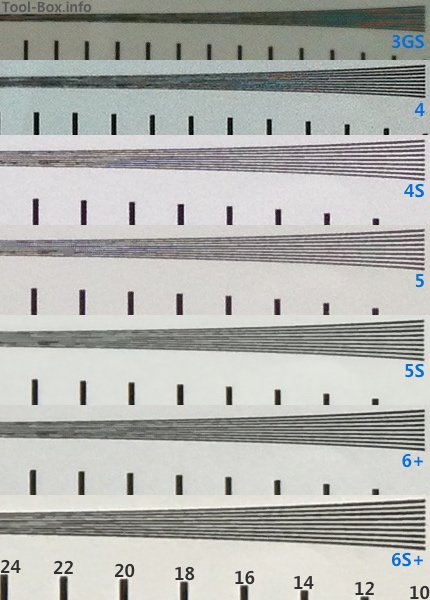
| Device (Orig. Photo) |
Vertical Pixel Count | Vertical LPH (Resolution) | Percentage |
|---|---|---|---|
| iPhone 6S+ | 3,024 | 2,000 | 66% |
| iPhone 6+ | 2,448 | 1,700 | 69% |
| iPhone 5S | 2,448 | 1,700 | 69% |
| iPhone 5 | 2,448 | 1,800 | 74% |
| iPhone 4S | 2,448 | 1,800 | 74% |
| iPhone 4 | 1,936 | 1,400 | 72% |
| iPhone 3GS | 1,536 | 1,000 | 65% |
